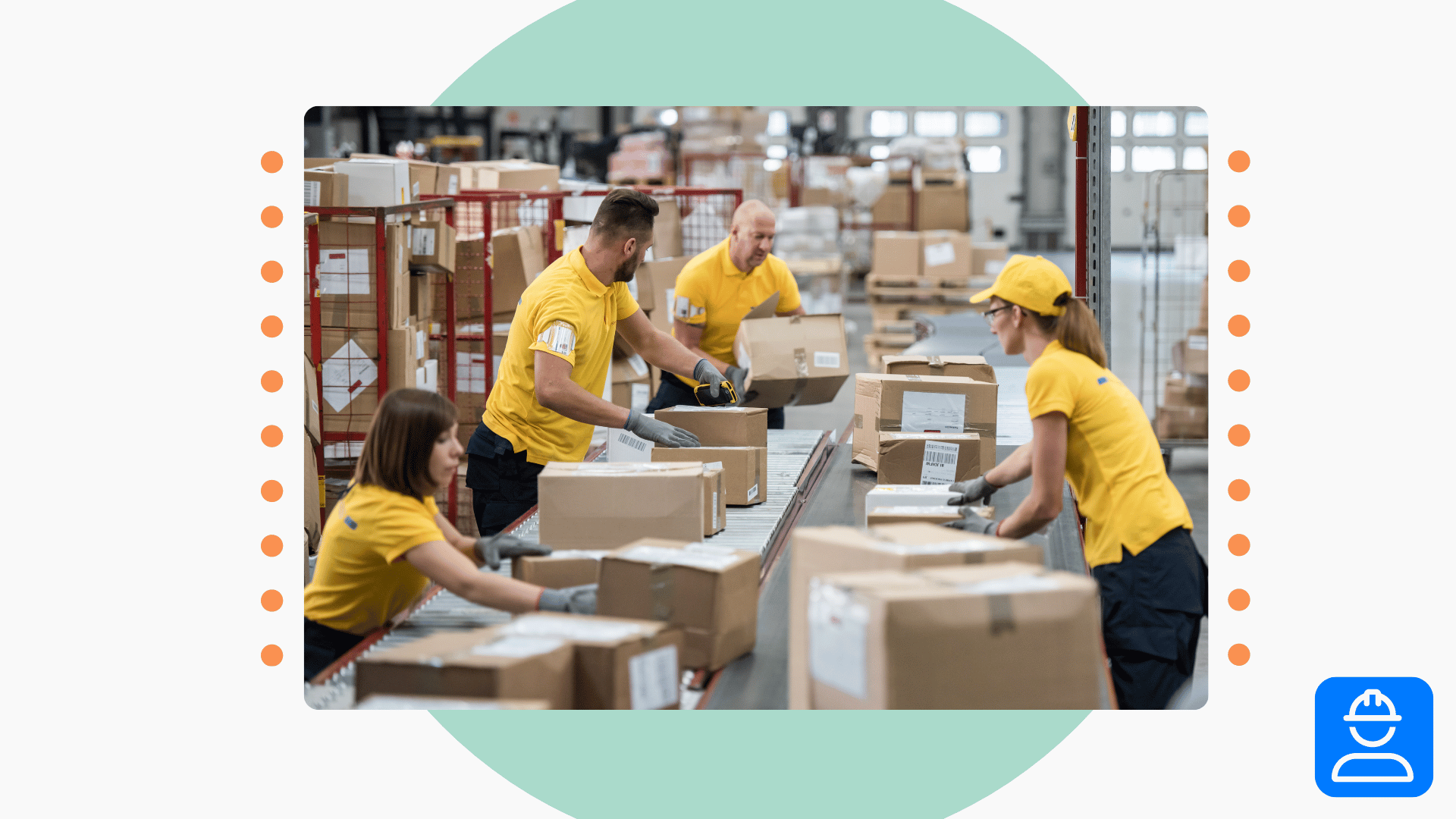Workplace safety depends on a collaborative, proactive approach to hazards and risks. When each person practices safe behaviors, the entire operation is safer and more efficient. This mind on safety toolbox talk will teach your team how to stay focused and eliminate distractions at work.
Mind on safety toolbox talk overview
During this toolbox talk we’ll talk about:
- The meaning and importance of mind on safety
- What affects focus and attention at work
- How to reduce and eliminate distractions
The best way to keep safety a top priority is to identify the factors that cause distractions and take steps to eliminate them. If you can do this, you’ll be less likely to experience an injury, illness, or other safety-related incident at work.
Mind on safety meaning and importance
Mind on safety means that you factor safety into your decision-making process throughout the day. It can look like:
- Practicing safe behaviors consistently
- Dressing appropriately for each task
- Communicating with others on workplace safety
- Watching out for hazards and risks
Keeping your mind on safety is important for protecting yourself and others from workplace risks. To do it, you need to consider how each action you take might affect the safety of the operation—regardless of whether the impact will be immediate or not.
Variables that affect focus
Distractions come in many forms. They can be related to the company, tasks, coworkers, or even your life outside of work. If you’re having a hard time keeping your mind on safety, it’s important to learn why.
Here are some of the variables that might be affecting your workplace focus:
- Loud noises
- Extenuating circumstances (celebrations, major projects, special events, etc.)
- Hunger
- Personal issues
- Relationships with coworkers
- Boredom
- Fatigue
- Stress levels
Before you eliminate distractions, you must understand where they’re coming from.
For example, if you’re unfocused because you’re always hungry, then the solution is to change the quality of what you’re eating. But if the problem is that you’re distracted by the amount of noise in the facility, changing what you eat won’t work. Finding a solution requires you to correctly identify the problem first.
Reducing and eliminating distractions
The best way to keep your mind on safety is to eliminate as many distractions as possible. You can do this by:
- Keeping your cell phone in your locker, car, or bag while working
- Doing a hazard check before each shift
- Never cutting corners while performing work
- Avoiding conversation while performing dangerous tasks
- Taking regular breaks to avoid fatigue or mindless activity
Being distracted by personal issues outside of work, hunger, and fatigue can be just as hazardous as being distracted by your surroundings. Manage your mind by coming to work as prepared and calm as possible.
You can do this by taking time off to reset when you’re feeling burned out, exercising regularly, and eating well. If you need more support, don’t hesitate to reach out to the leadership team and see if there’s anything we can do to help you succeed in your work.



